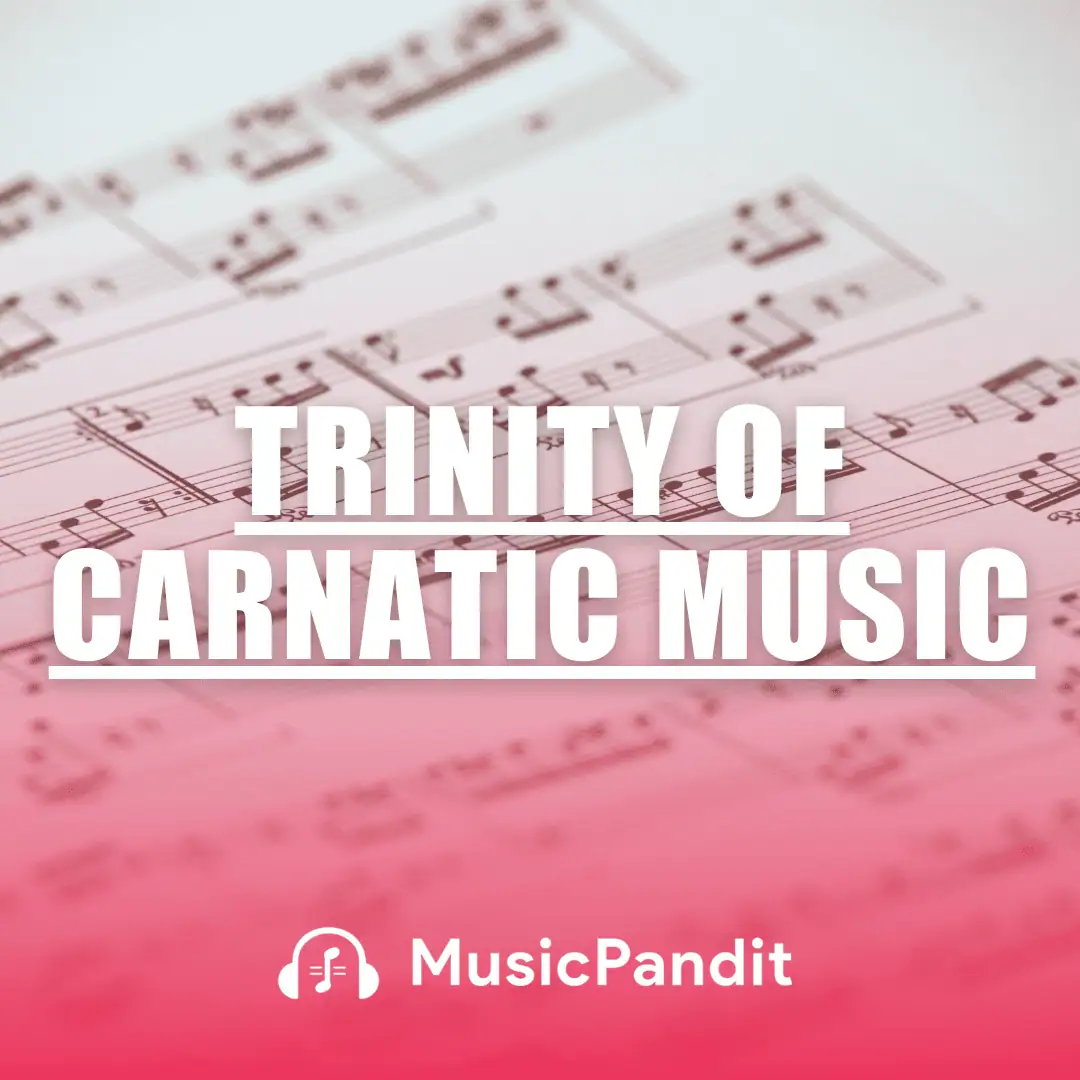Welcome, music enthusiasts, to another exciting journey into the world of musical scales! Today, we’ll be delving into the mysterious and ethereal realm of the whole-tone scale. This unique scale has intrigued composers and musicians for centuries with its dreamy, otherworldly sound.
In this article, we’ll explore the whole-tone scale from its definition and types to its construction and applications in music.
What is the Whole-Tone Scale?
The whole-tone scale is a musical scale consisting entirely of whole steps, also known as whole tones or whole intervals. A whole step is the distance between two notes that are two half steps apart, like going from C to D or from F# to G#.
The whole-tone scale is characterised by its symmetrical nature, as each note in the scale is a whole step away from the next. This symmetry gives the scale a distinct and uniform sound, devoid of the tension and resolution found in traditional scales like the major or minor scales.
Constructing the Whole-Tone Scale
Constructing a whole-tone scale is relatively straightforward, thanks to its symmetrical nature. To create a whole-tone scale, you can start with any note and continue with Whole StepsLet’s demonstrate the construction process by creating a C whole-tone scale using both types:
C Whole-Tone Scale
Start with C.
- Move up a half step to D.
- Continue with whole steps: E, F#, G#, A#.
- You’ve now completed the C whole-tone scale: C-D-E-F#-/G#-A#-C.
Remember that the order of intervals is what defines the type of whole-tone scale you are creating.
The Enigmatic Sound of Whole-Tone Scales
The whole-tone scale is known for its unique and enigmatic sound. Its symmetrical structure imparts a sense of ambiguity and uncertainty, making it ideal for creating dreamy and surreal musical landscapes.
When played, it lacks the gravitational pull of traditional scales, as there are no leading tones or tonal centres. This sense of weightlessness gives the whole-tone scale a floating, otherworldly quality that has fascinated composers and listeners alike.
Historical Significance
The whole-tone scale has a rich historical background, with its roots tracing back to the 19th century. Composers of the Impressionist era, such as Claude Debussy and Maurice Ravel, were particularly fond of using whole-tone scales in their compositions. These scales helped them capture the hazy, atmospheric qualities found in their music.
Debussy’s famous piece “Clair de Lune” prominently features the whole-tone scale, creating a serene and mysterious mood that has captivated audiences for generations. Ravel’s “Pavane pour une infante défunte” is another example of a piece that masterfully employs whole-tone scales to evoke a sense of nostalgia and reverie.
Applications in Modern Music
While the whole-tone scale may have gained prominence during the Impressionist era, its influence can be heard in various genres of modern music. Jazz musicians often use whole-tone scales to add colour and tension to their improvisations. The scale’s consistent intervals and lack of a tonal centre can create intriguing dissonances and unexpected harmonies.
In contemporary classical music and film scoring, composers continue to explore the emotional depth and otherworldly quality of the whole-tone scale. Its ability to convey a sense of wonder, mystery, and fantasy makes it a valuable tool for creating evocative soundscapes.
Conclusion
In the world of music, the whole-tone scale stands as a testament to the infinite possibilities of sound. Its symmetrical structure, enigmatic character, and historical significance have made it a cherished resource for composers and musicians seeking to push the boundaries of tonality and evoke unique emotional landscapes.
Whether you’re a composer looking to experiment with new sounds or a listener eager to explore the ethereal, the whole-tone scale offers a captivating journey into the realms of music’s limitless potential. So, go ahead and embrace the mystery of the whole-tone scale in your musical adventures, and let its dreamy tones transport you to uncharted sonic territories.














